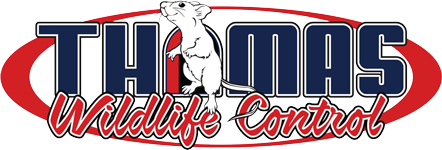If you’ve heard strange noises coming from your attic or found signs of animal like droppings or chew marks, chances are that a wild animal has taken up residence. From raccoons and bats to mice and rats, there’s bound to be something living where it shouldn’t. Wild animals moving into attics can cause real problems for homeowners: chewing wires and insulation, spreading disease or allergens, or worse. What should you do when this happens? Thomas Wildlife Control is here to help! As experienced professionals in the rodent infestation and wildlife removal industry, we offer tips on how best to handle a wild animal invader in your attic and the costly damage they could potentially cause if not handled properly.
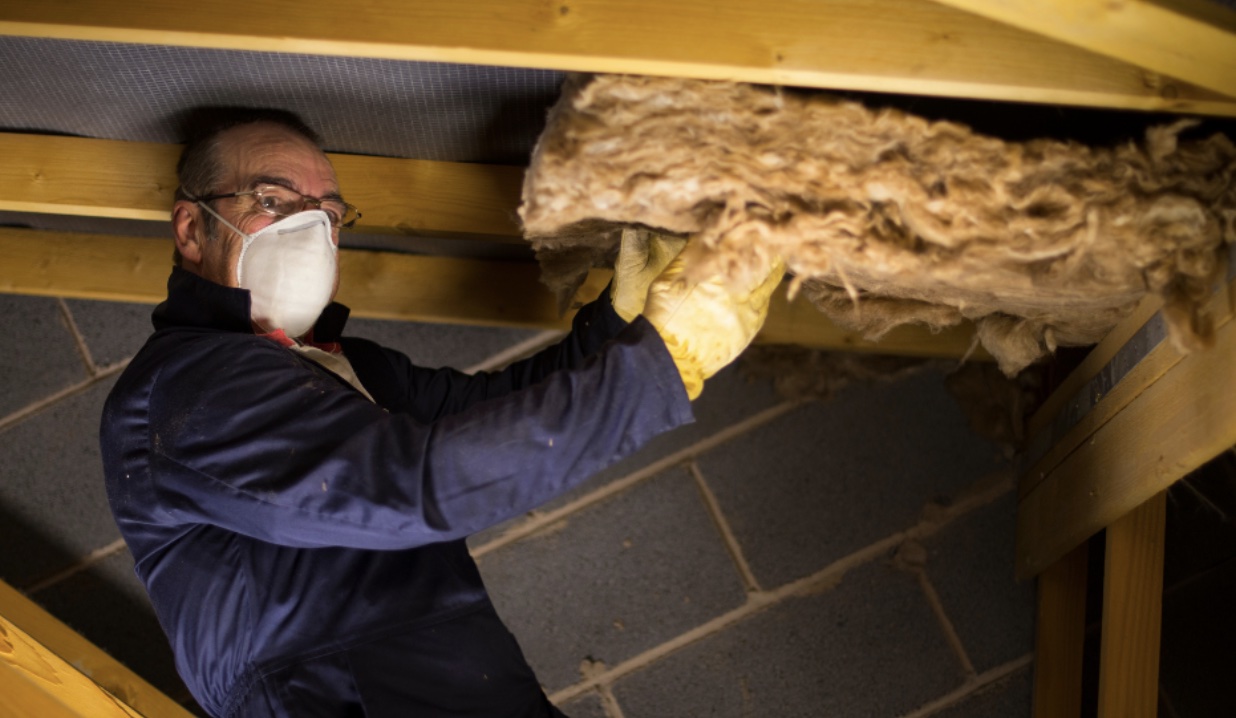
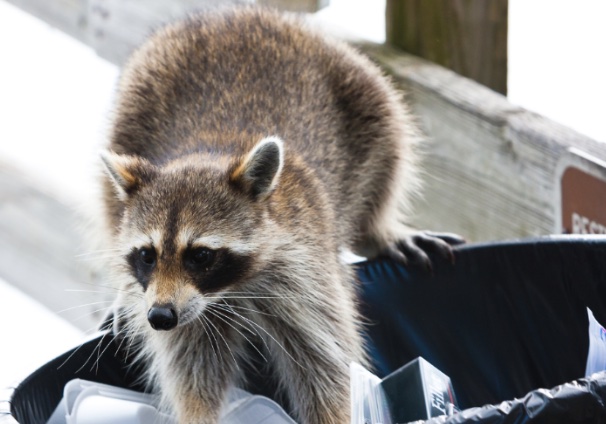
Common Causes of Wild Animal Infestations
Wild animal infestations can become a common issue for homeowners and businesses alike. One of the major causes of such infestations is the destruction and loss of natural habitats due to human activities. As a result, wild animals are forced to seek shelter and food in residential or commercial areas, leading to increased sightings and interactions between humans and wildlife. Another contributing factor is the abundance of food and water sources available in urban or suburban environments. Trash cans, bird feeders, and outdoor pet food bowls can be tempting targets for raccoons, opossums, and other animals. Properly securing these items and removing any potential food sources may help prevent infestations. It’s important to remember that wild animals are just that – wild. When confronted or trapped, they may resort to defensive behavior and become a danger to humans or pets. Understanding the common causes of wild animal infestations and taking preventative measures can help to mitigate these risks.
Most Common Animals to Move into Attics
If you live in a house, there’s a chance that you will someday have a Wildlife in Attic situation. The most common animals to move into attics are squirrels, rats, mice, bats, and raccoons. Squirrels are generally harmless, but they can cause a lot of damage if they start to chew on electrical wires or wooden beams. Rats and mice can spread disease, and their droppings can contaminate insulation. Bats are often blamed for spreading diseases like rabies and histoplasmosis, and they can quickly create large colonies. Raccoons are another common culprit, and they can cause significant damage to roofs and walls. If you suspect you have animals living in your attic, it’s best to call a professional to handle the situation.
What To Do If You Find a Wild Animal Living in Your Attic
Discovering a wild animal living in your attic can be a startling experience, but it’s important not to panic. The first thing to do (if possible) is to identify the animal species and determine if it’s a threat to you or your family. If it’s a harmless animal like a squirrel, you may want to contact a wildlife control professional who can safely remove the animal and relocate it. However, it’s best to contact a wildlife removal service immediately if it’s a potentially dangerous animal like a raccoon or a bat. In order to prevent further infestations, make sure to seal any openings or gaps in your attic so animals cannot re-enter. Remember, dealing with wild animals can be dangerous, so it’s important to consult with a professional to ensure the safety of both you and the animal.
How Thomas Wildlife Control Can Help – Removal & Restoration of Roofing
Thomas Wildlife Control provides professional and effective wildlife removal services to both residential and commercial properties. Our team of experts are trained to handle any wildlife situation with a variety of humane trapping and removal techniques. We specialize in removing pests such as raccoons, bats, and squirrels, and also offer exclusion services to prevent future wildlife infestations. When dealing with wildlife, it’s important to remember that these animals can be dangerous and carry diseases, so it’s best to leave the removal to the professionals. It should be noted that we do not just remove the problem but restore your walls, roof, or home back to its original condition. By choosing Thomas Wildlife Control, you can have peace of mind knowing that the job will be done safely and efficiently.
Prevention Strategies for Keeping Wild Animals Out of Your Home
As much as we love the beautiful wildlife that surrounds our homes, we don’t necessarily want them occupying our living spaces. It’s important to take preventative measures to keep wild animals away from your home, both for their safety and yours. One effective strategy is to seal any potential entry points, such as gaps in door frames or cracks in walls. You can also install special fencing or netting to keep larger animals out of your yard. Keep any outdoor food sources in sealed containers and avoid leaving pet food outside, as this can attract unwanted visitors. By taking a few simple steps, you can enjoy the beauty of nature in your yard without the risk of encountering it in your home.
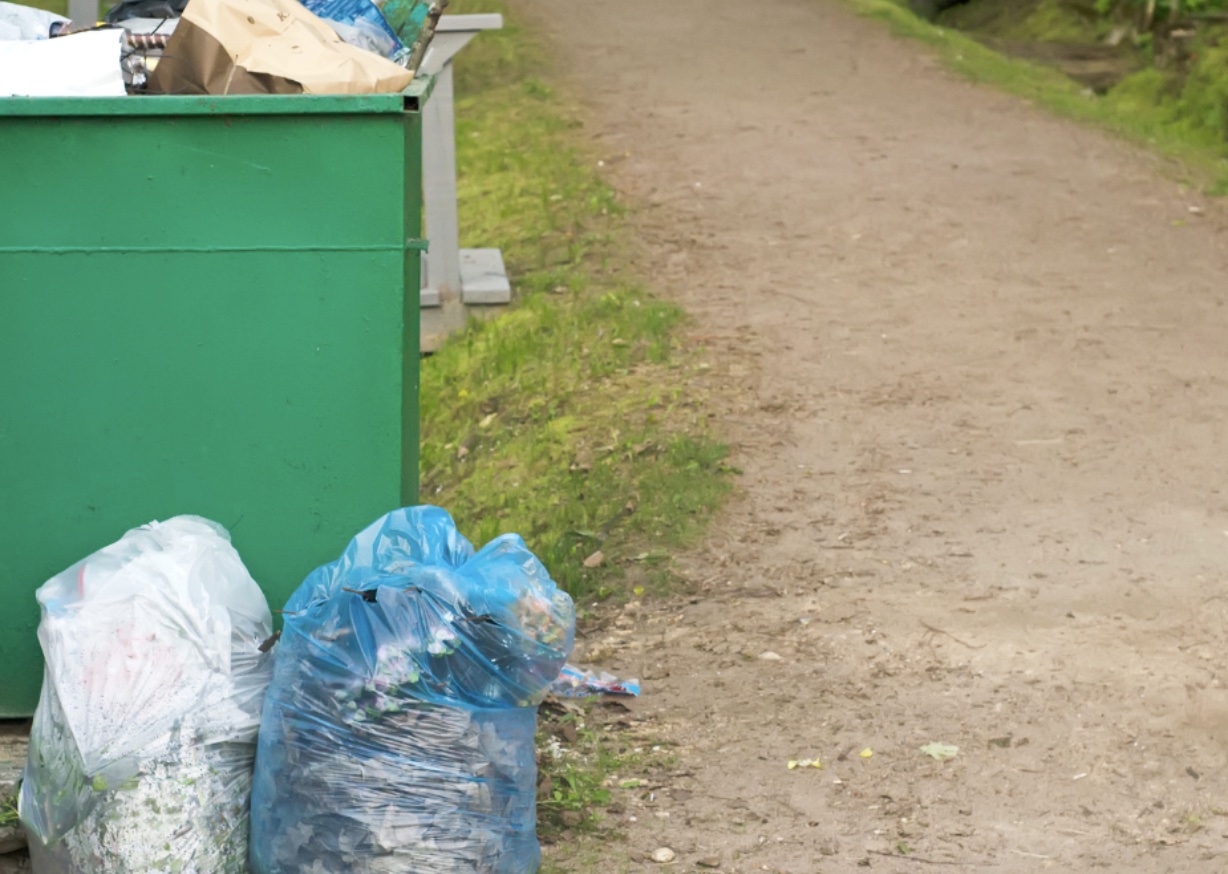
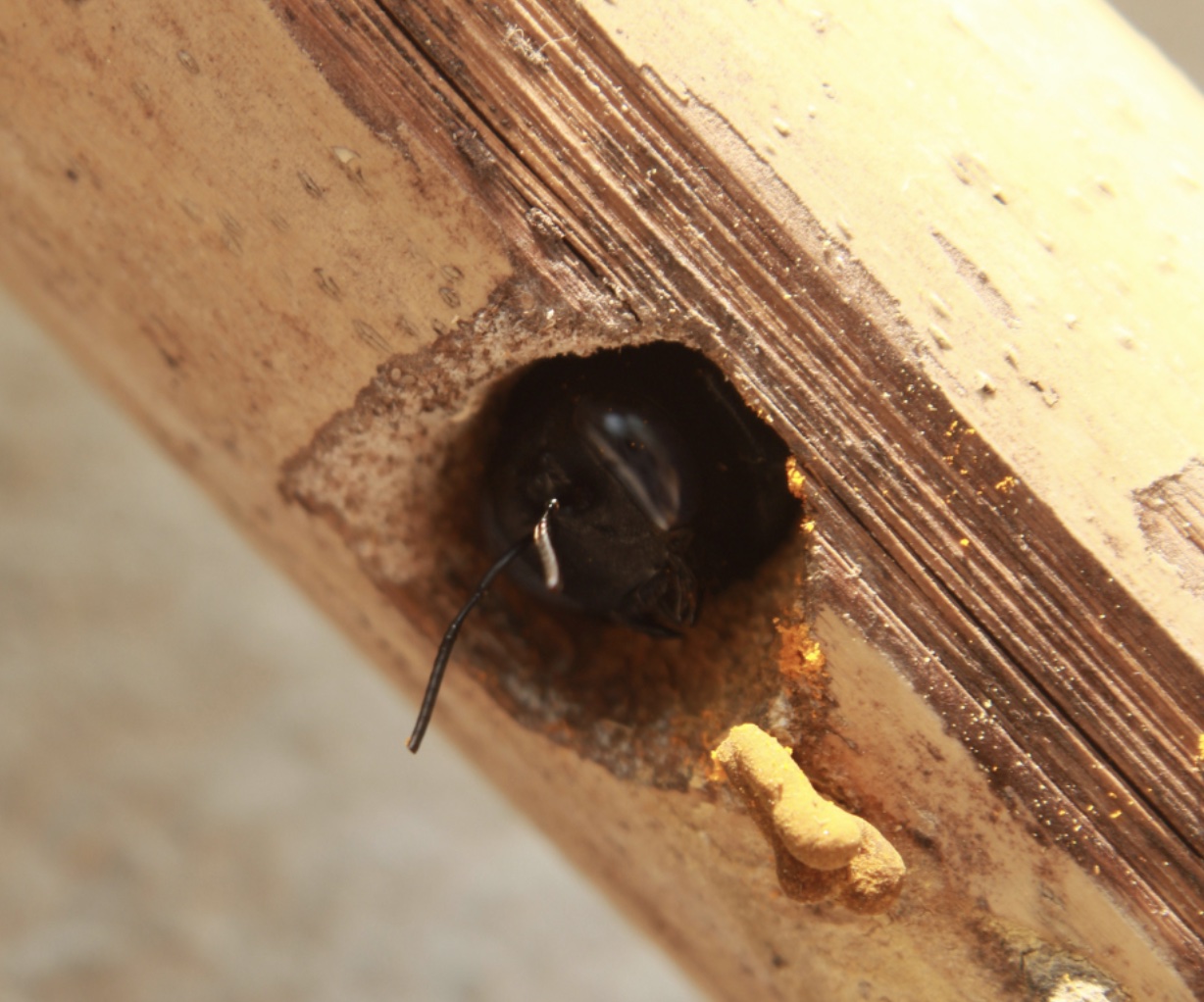
Tips on Identifying Signs of an Animal Infestation in Your Home
As homeowners, it’s important to be aware of the signs of an animal infestation in your home. One of the most obvious signs is hearing scratching or climbing in your walls or ceiling and the presence of feces, urine, or nests. You may also notice a greasy slick in areas of high traffic. These can be found around your home, especially where the animals may seek food or shelter. Another common sign is damage to your property, such as chewed wires or holes in walls. Strange noises or smells can also indicate the presence of animals within your home. It’s important to address any signs of infestation quickly, as animals can cause considerable damage to your home or even pose health risks to you and your family. By identifying the signs early and seeking professional help, you can prevent an infestation from becoming a major problem.
In summary, if you have noticed common signs of an animal infestation in your attic, it is important to take immediate action. Not only can wild animals be a nuisance to your home, but they may also present risks such as spread of disease and destruction of property. Thomas Wildlife Control is the most experienced and reliable way to deal with this issue. From trapping the animal to exclusion services, we understand how difficult it can be to manage an animal infestation in your home and are well equipped with the necessary skills and tools to safely resolve the issue. Although prevention is always best practice when it comes to managing a wild animal infestation, sometimes it cannot be avoided. If you find yourself dealing with one, keep calm, assess the situation and contact Thomas Wildlife Control for assistance. Don’t suffer in silence – if you are experiencing a wildlife or rodent issue, reach out for an inspection right away.
